financial inclusion
November 9, 2017
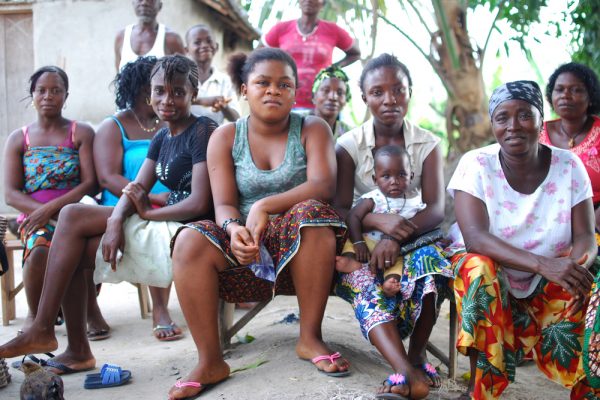
Published by Emily Coppel at Nov 09 2017
Categories
How do we build resilience during and after a crisis? A new GDI case study from BRAC offers insight into lessons learned from the West Africa Ebola outbreak of 2014-2015, highlighting what can be done to strengthen organisations responding and with the people they serve.
November 8, 2017

Published by Isabel Whisson at Nov 08 2017
Categories
BRAC in Uganda shares strategy and sustainability insights from its transition from an MFI to a bank.
October 18, 2017
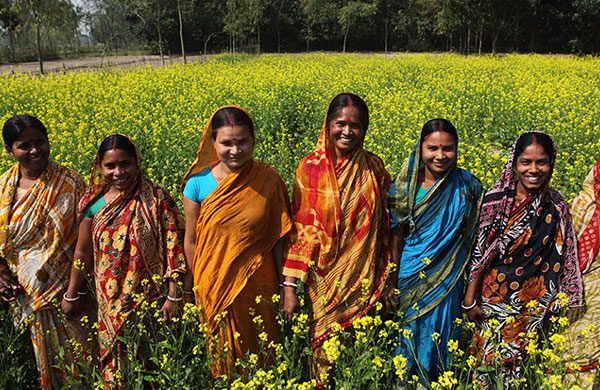
Published by Oishi Nawal at Oct 18 2017
Categories
Husnaara ran to her house smiling from ear to ear as if she could not get any happier. At that point nothing seemed impossible; she could become a doctor, an engineer or a lawyer, go to a good university. She could not wait to give her father the news about her Secondary School Certificate results and assure him that his daughter would one day be able to provide for them.
October 19, 2016

Published by Masrura Oishi at Oct 19 2016
Categories
The integration of mobile money into microfinance operations is one of the most exciting yet challenging prospects facing microfinance providers today. Mobile money presents a fast, cost-efficient and flexible alternative delivery channel through which money can be transferred, loans can be repaid and savings can be deposited.
October 17, 2016

Published by Scott MacMillan at Oct 17 2016
Categories
You’d be forgiven for thinking microfinance has gone wildly out of fashion. The “development caravan”—defined as the wagon train of poverty interventions that excite donors—has pulled away from micro-lending, drawn to more powerful things like BRAC-style graduation programmes (which aim to “graduate” people from extreme poverty into a sustainable livelihood) and bKash-like mobile money, according to recent coverage in The Economist.
June 28, 2016

Published by Maria A May at Jun 28 2016
Categories
In April, BRAC, Access to Information (a2i), fhi360, USAID and IFMR LEAD jointly organised an event named ‘Digital financial inclusion: Innovations from Bangladesh’ to invite local stakeholders to discuss their experiences and emerging solutions (see a recent write-up by IMFR LEAD summarising the event).
May 30, 2016
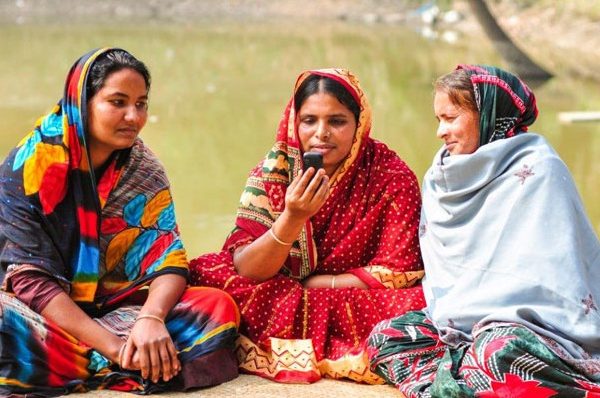
Published by Parul Agarwal at May 30 2016
Categories
This blog draws from discussions on the progress of digital financial services, during a seminar in Dhaka in April 2016. The seminar was organised by BRAC Social Innovation Lab, Access to Information (a2i) and USAID’s mSTAR project implemented by FHI 360. IFMR LEAD was the Knowledge Partner for the event.
April 29, 2016
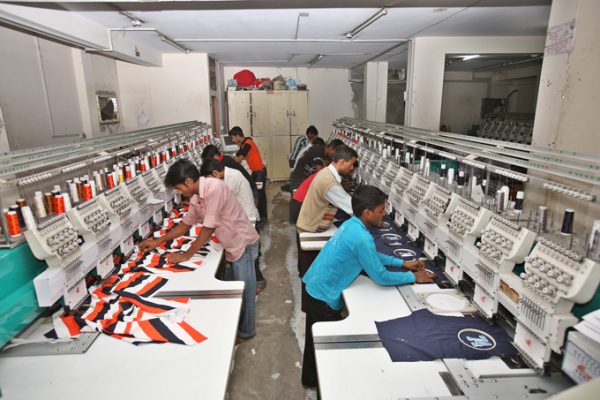
Published by Dilshad Jerin at Apr 29 2016
Categories
What comes to your mind when you think of microfinance? To me it’s 'easy access'- a key factor that has enabled the sector to reach 34 million poor people in Bangladesh, essentially bringing financial services to their doorstep.
January 22, 2016

Published by Isabel Whisson at Jan 22 2016
Categories
2015 was an important year for the world of financial inclusion. Starting with the publication of the six randomised controlled trials results in January that sparked debate on the impacts of microcredit, the sector went on to celebrate (and question) an increase of 700 million people with access to financial services since 2011, with the publication of the 2014 Global Findex.
January 7, 2016
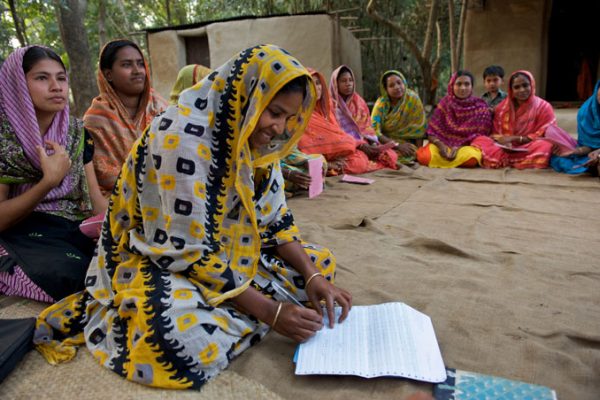
Published by Alvina Zafar at Jan 07 2016
Categories
“I can’t thank BRAC enough for standing beside me when I needed help the most,” Rahela, 24, a microfinance borrower and recipient of BRAC’s credit shield insurance, tells us. She borrowed USD 385 in January 2015 to invest in a small clothing business. Recalling her experience, she reveals, “My husband was not interested initially in having a joint insurance policy, but when the customer service assistant explained it in detail, we decided that we should pay the small premium.”
November 12, 2015
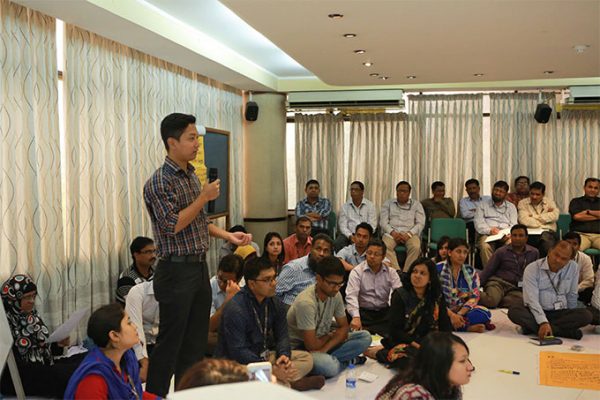
Published by Isabel Whisson at Nov 12 2015
Categories
Imagine a world where there is no access to financial services. You cannot save, which means you cannot set aside money for the future. You cannot access a loan, which means you are shut off from a limitless number of opportunities, including investing in an enterprise, purchasing a home or land, or maintaining household expenses when cash is tight. You don’t have insurance or any kind of buffer against shocks, such as medical emergencies in the family, a sudden loss of a job, or natural disasters. Would you be able to manage?
October 29, 2015
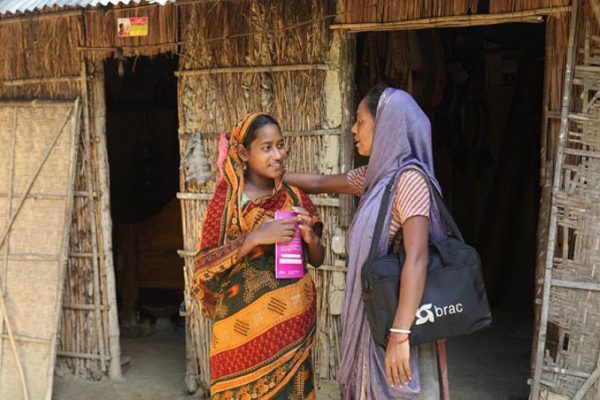
Published by Maria A May at Oct 29 2015
Categories
For Shahina, a poor woman living in the remote rural district of Noakhali in southern Bangladesh, getting cash used to be a long ordeal. Since she didn’t have a mobile wallet, Shahina used to have to travel three kilometres to visit the local bKash agent to collect remittances sent by her husband and two sons, who were working in the city. Sometimes she was unable to make the trip without someone to watch her children. The roads are often impassable after rains and the market is far away. And often the agent charges informal ‘service fees’ before dispensing her cash.

